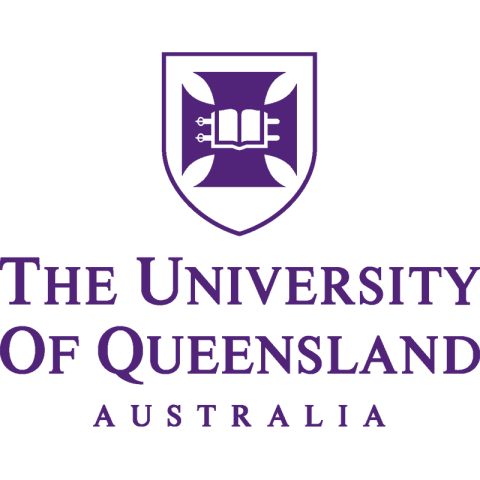
Helping students to see the future career value of their work-integrated learning
Students who believe they belong to the profession are happy learners. Through work-integrated learning (WIL), students get a taste of their future workplace and receive first-hand experience of it.
For universities, WIL is the chosen path for enhancing employability in students and producing workplace-ready graduates. Whether it’s a clinical placement, industry project, internship, practicum or fieldwork, at the core, WIL must be an authentic, real-world experience of relevance and value to students.
To successfully create the WIL experience, you – the educator – should work with diverse companies allowing students to be active partners to create an output, such as an app, advertising campaign or patient treatment plan. Ample successful WIL examples show that educators can master the offering of authentic experiences, with active learning in real tasks and with real clients, over just a few weeks or several months.
- How to develop partnerships that offer students real-world learning experiences
- It’s time for the sector to embrace online work placements
- Developing a growth mindset and experimenting for better teaching outcomes
Educators should explain to the students why and how WIL best prepares them for their future careers and workplaces. Do not forget the self-relevance and utility of WIL. Only when students understand the relevance and the future-oriented value of WIL can the integration of theory with practices be successfully achieved.
Create a sense of belonging through WIL outputs
Ask students to create concrete and real outputs in the WIL project. The outputs should be similar to the deliverables students will create in their future workplaces. It is important for students to see how the learning manifests in something real and authentic.
You can use digital technologies (low-code platforms, design and AI tools) and the materials from your discipline for the students’ work.
Work with industry partners to adopt the students’ output into the companies’ workflow. The adoption of the students’ work makes them proud. This way the students emotionally connect with the WIL.
The output production process also illustrates to students how to commercialise business ideas.
Throughout the semester, the students’ WIL strengthens the connection to the profession. Ultimately, students have a sense of belonging and the output is the evidence for it.
Use word-of-mouth to illustrate the value of the learning
Marketing research shows purchasing recommendations are more effective when they come from sources other than a brand itself. To show your students the WIL value, integrate other speakers, who can talk about how it helped them, into your programme.
Invite successful former students back into the classroom to present how they use the WIL knowledge and skills in their workplace; this can be a powerful motivator for those still in the classroom.
Similarly, use your WIL industry partners to show students what will be expected of them in a job and how they can meet those expectations. Throughout the entire semester, industry experts can provide feedback to students on the quality and delivery speed of the work.
Past industry partners can also be welcomed back to the classroom to detail how students’ project outcomes have improved daily business practices. When your students see the improvements and positive changes that resulted from their university assessments, they better understand that these provide value.
Summarise the value messages for the students (for example, in short clips from a Zoom video presentation or slide animations) to make sure they hear them.
The word-of-mouth messages may also provide you with a gratifying “I told you so” moment.
Install cycles of facts and reflection
The educational theory of metacognition highlights the importance of reflections to build lifelong learning abilities. As their teacher, you should constantly demand that students reflect on how they have planned, progressed and performed in their learning. This forces them to think about their thinking and undertake correction if necessary.
Various metacognitive reflection techniques can be used in diverse classrooms, such as thinking aloud, digital retrospectives and reflective essays. When done right, the reflections create learning awareness and self-regulation for the WIL project.
To make the value of the WIL clear to students, the reflections need to be supported by facts. The rational minds of students and the economics of life suggest that students can be motivated by objective, fact-based arguments. When you can show that the lessons learned will pay off, the students’ commitment to the topic and the motivation to learn improve substantially.
Hard, cold facts, such as salary figures, job openings in a career path or additional financial benefits, are measurable value criteria for students. Sprinkled across the semester, you could use recruitment sites, industry reports or the university’s employability team to present rational arguments for the value of the studies.
Alternating between metacognitive reflections and rational facts provides the right mix to convince heart and brain that WIL is of immense value and heralds a desirable career to work for.
Sabine Matook is an associate professor in information systems at the UQ Business School, the University of Queensland.
Additional Links
Sabine Matook’s recent articles include “How work-integrated learning helps to make billions in uni funding worth it”.
Her conference paper at the 2021 Australasian Conference on Information Systems was Experiential Learning in Work-Integrated Learning (WIL) Projects for Metacognition: Integrating Theory with Practice.




